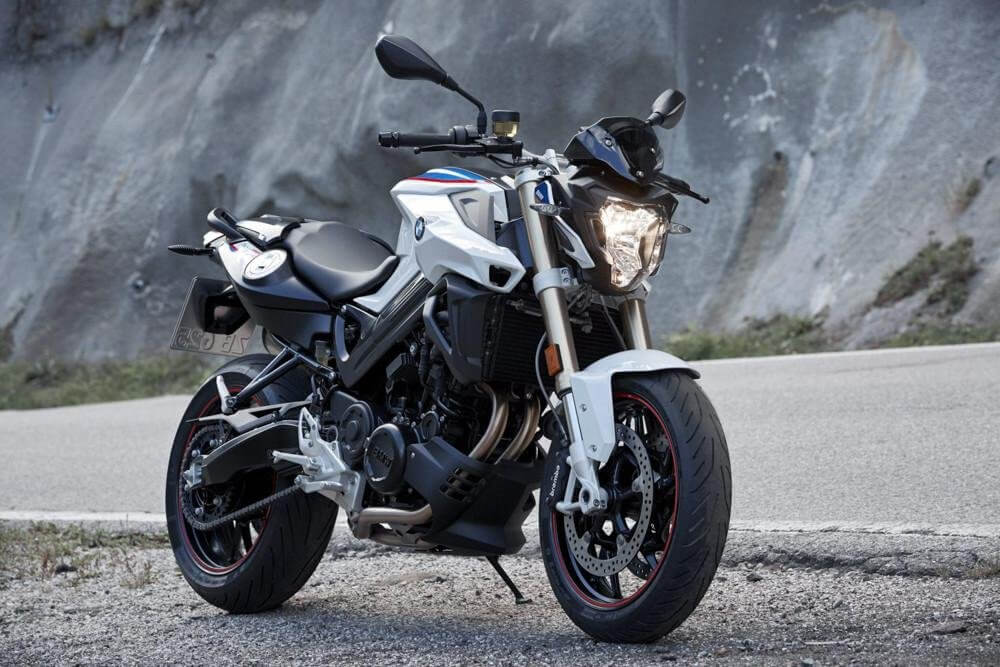The wonderful world of motorcycles Part I

To cage drivers, any motorized two-wheeled vehicle is called a “motorcycle”.
Truth is, there are those among us bikers who can’t quite distinguish the difference either. But it’s not entirely our fault, as manufacturers tend to blur the lines between the segments. Manufacturers produce many bikes that could serve a wide range of purposes, although it may be fulfil certain functions better than others.
Let’s get started.
SPORTS BIKES
Sports bikes are the closest to the bikes you and I watch hammering around the racetracks on TV. While MotoGP bikes are thoroughbred racing prototypes, most of their technology has trickled down to the sports bikes that are available to the public. In turn, these bikes form the basis for the Superbike, Supersport and Superstock championship racers around the world.
Sometimes called “race replicas”, sports bikes are intended to go fast and destroy the competition.
Hence, they usually feature the highest power output, while pushing the lowest weight amongst peers of the same engine capacity. It’s upon these bikes that manufacturers bestow the latest results of technological developments such as electronics, engine, chassis, aerodynamics, frame, ergonomics, and even tyres.
Engine capacities typically range from 600cc to 1000cc machines for racing homologation, and all the way up to the 1300cc monsters. Power outputs currently hover around 160 to more than 200bhp.
Among the pre-eminent models are the BMW S 1000 RR; Ducati 959 Panigale and 1199 Panigale; CBR600R and CBR1000RR; Kawasaki ZX-6R, ZX-10R and H2/H2R; KTM RC-8; Triumph Daytona; YZF-R6 and YZF-R1.
A sports bike is easy to identify: It’s usually wrapped in a sharp bodywork decorated with “loud” livery, and has a tall seat with low handlebars necessitating the rider to sit crouched over the fuel tank.

Ducati 1199 Panigale
NAKED SPORTS BIKES
You could say that naked sports bikes are the siblings of the “race replica” sports bikes.
Manufacturers usually derive the engines from the sports bikes. The engines are then detuned in horsepower while the torque is increased.
The clip-on handlebars also give way to more conventional ones, allowing the rider to sit in a more upright position. And as the name suggests, a “naked sports bike” goes around without a concealing bodywork.
The main appeal of naked sports bikes is that they can fill the role of the “everyday sports bikes” very well, then switch over to racetrack duty or canyon blasting during the weekend. Most owners also use them for touring.
They are still plenty fast for the majority of street riders, for example the Aprilia Tuono V4 Factory 1100, BMW S 1000 XR, Ducati Monster 1200R, and of course, the KTM 1290 Super Duke R (177 bhp, 141 Nm aptly dubbed “The Beast”).
However, it’s the “midrange” segment (sub-700cc to 900cc) that’s most hotly contested as the power output and more importantly the prices are within realistic reach. Perhaps the best example of a midrange naked sports bike is the 2017 Triumph Street Triple.
 BMW S 1000 XR
BMW S 1000 XR
 Ducati Monster 1200R
Ducati Monster 1200R
STANDARDS
Standards could loosely be termed as motorcycles designed to be all-rounders, without being biased toward any one segment. One may likewise say standards are not as performance oriented as naked sports bikes, therefore possessing lower engine power and fewer or no high-end equipment.
Standards usually take the guise of naked bikes. But make no mistake, standards are usually fun to ride since they are generally less intimidating, uncomplicated and comfortable.
Good examples are the BMW F 800 R, Ducati Scrambler variants and Yamaha MT-07. The upcoming Ducati 900 Supersport should also qualify as a standard; similarly UJMs (Universal Japanese Bikes) such as the Honda CB1100.
 BMW F 800 R
BMW F 800 R
FULL-DRESS TOURERS
Just as its designation suggests, a tourer is made to travel long distances while coddling its rider in comfort.
As such, a tourer is generally equipped with every imaginable touring apparatus such as stereo system, cruise control, seat and handlebar grip warmers, a large-sized luggage system, and a large and wide bodywork for wind protection. Manufacturers also offer factory options such as GPS, CB radio, cooler box and even a windshield wiper(!). Additionally, they have large-capacity fuel tanks and large seats.
Certain models such as the Honda Gold Wing and BMW K 1600 LT feature hydraulically controlled suspension.
American tourers are normally based on cruisers, such as the Harley-Davidson Electra Glide and the Indian Chieftain.

Honda Gold Wing
SPORT-TOURERS
Sport-tourers are motorcycles that combine the speed and lightness of the sports bike, with the comforts and touring features of the full-dress tourer.
What results is the thrill of high-speed riding and handling characteristics close to those of the sports bike, while lugging the luggage, in one practical package.
Sport-tourers usually feature taller seat heights, a consequence of having long suspension travel. Besides allowing for more capacity for luggage, the longer suspension travel is able to soak up road irregularities, providing a comfortable ride in return.
With the recent preference for sport and adventure-touring motorcycles the world over, manufacturers have started equipping their sport-tourers with the latest technology such as electronically-controlled suspension systems, and rider aids such as advanced traction control, cornering ABS, cornering lights and so on.
Good examples are the KTM 1290 Super Duke GT (arguably the fastest sport-tourer), Ducati Multistrada 1200, Kawasaki Z1000SX, BMW S 1000 XR, Yamaha MT-09 Tracer, and Triumph Tiger Sport.

Ducati Multistrada 1200